Frequently asked questions
Company News
- Exploring the unique charm of irregular aluminum veneer
- Irregular aluminum veneer: the new darling of architectural aesthetics
- Hyperbolic aluminum veneer: creating the beauty of modern architectural art
- Fluorocarbon aluminum veneer: the fashionable outerwear of architecture, your new home choice
- Exploring Irregular Aluminum Veneers: Transformers in the Aluminum Industry!
Industry dynamics
- Application fields of stone patterned hyperbolic aluminum veneer
- Fluorocarbon aluminum veneer: the "fashionable coat" of modern architecture
- Aluminum veneer, creating a new chapter in modern architectural aesthetics
- Irregular aluminum veneer: a unique interpretation of architectural art
- Aluminum veneer: a fresh breeze in the construction industry, providing you with a unique visual feast
Frequently asked questions
- What are the advantages of aluminum veneer?
- What is the development prospect of aluminum veneer?
- What is the approximate price of aluminum veneer?
- What environmental issues should be paid attention to in the production and use of aluminum veneer?
- What is the production process of aluminum veneer?
contact us
Mobile:+86 15627778610
Email: 2201229786
Address: No. 5 Binjiang Road, High tech Zone, Zhaoqing City, Guangdong Province
What environmental issues should be paid attention to in the production and use of aluminum veneer?
- Author: Supreme Building Materials (Guangdong) Co., Ltd
- Release time: February 28, 2025 11:11:14
- Click:0

What environmental issues should be paid attention to in the production and use of aluminum veneer?
Abstract: With the development of the construction industry, aluminum veneer, as a common decorative material, has had a certain degree of impact on the environment in its production and use. This article explores the environmental issues that need to be paid attention to in the production and use of aluminum veneer from four aspects: resource consumption, wastewater treatment, energy utilization, and waste disposal.
1、 Resource consumption
1. Aluminum resources: The main component of aluminum veneer is aluminum alloy, and aluminum is a rare metal resource. Its mining and extraction have caused certain damage to the natural environment. In the production process of aluminum veneer, efforts should be made to minimize the waste of aluminum resources and improve the recycling rate.
2. Coating material: The surface of aluminum veneer often requires coating treatment to increase its corrosion resistance and aesthetics. When choosing coating materials, priority should be given to environmentally friendly coatings to reduce pollution to the environment.
3. Energy consumption: Producing aluminum veneer requires a large amount of energy, such as electricity and gas. Manufacturers should strengthen energy management, adopt energy-saving technologies and equipment, and reduce energy consumption in production.
2、 Wastewater treatment
1. Wastewater discharge: During the production process of aluminum veneer, a large amount of wastewater is generated, which contains pollutants such as metal ions and organic matter. Production enterprises should establish a comprehensive wastewater treatment system, carry out effective purification and treatment, and ensure that wastewater meets discharge standards.
2. Recycling: Some wastewater can be recycled after treatment, such as for use in cooling systems or cleaning equipment. This can not only reduce the demand for tap water, but also lower the discharge of wastewater.
3. Sludge treatment: During the wastewater treatment process, sludge is generated, which contains a large amount of organic matter and heavy metals. Sludge should be safely treated to avoid secondary pollution to soil and water bodies.
3、 Energy utilization
1. Energy source: When producing aluminum veneer, renewable energy sources such as solar and wind energy should be chosen as the main energy supply. At the same time, companies should encourage employees to use energy-saving equipment and take energy-saving measures to reduce energy waste.
2. Energy management: Establish an effective energy management system to monitor and control energy consumption. Improve energy utilization efficiency in the production process through technological means and process improvements.
3. Energy recovery: The heat generated during the production process of aluminum veneer can be recovered and utilized, such as for heating water or heating. This can reduce dependence on traditional energy and lower environmental impact.
4、 Waste disposal
1. Waste classification: During the production process of aluminum veneer, waste materials such as scrap and cutting residues are generated. Enterprises should establish an effective waste classification system to recycle and reuse recyclable waste, reducing the consumption of natural resources.
2. Reasonable disposal: For waste that cannot be recycled, reasonable disposal methods should be adopted, such as incineration, landfill, or through professional waste disposal companies, to ensure that it does not cause pollution to the environment.
3. Environmental assessment: Enterprises should conduct environmental assessments to understand the potential impact of waste disposal on the environment, and take corresponding measures to protect the environment and reduce interference with the surrounding ecosystem.
5、 Summary:
Aluminum veneer, as a commonly used decorative material, needs to pay attention to environmental issues during production and use. By reasonable resource consumption, wastewater treatment, energy utilization, and waste disposal, the impact on the environment can be reduced and sustainable development can be achieved. It is recommended that relevant enterprises strengthen their environmental awareness, take measures to improve their environmental protection level, and jointly build green buildings.
- previous page:How to check the quality of aluminum veneer?
- Next page:What are the advantages of aluminum veneer?

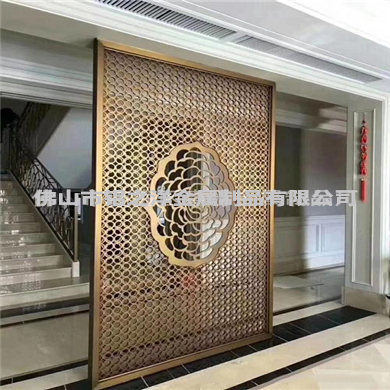
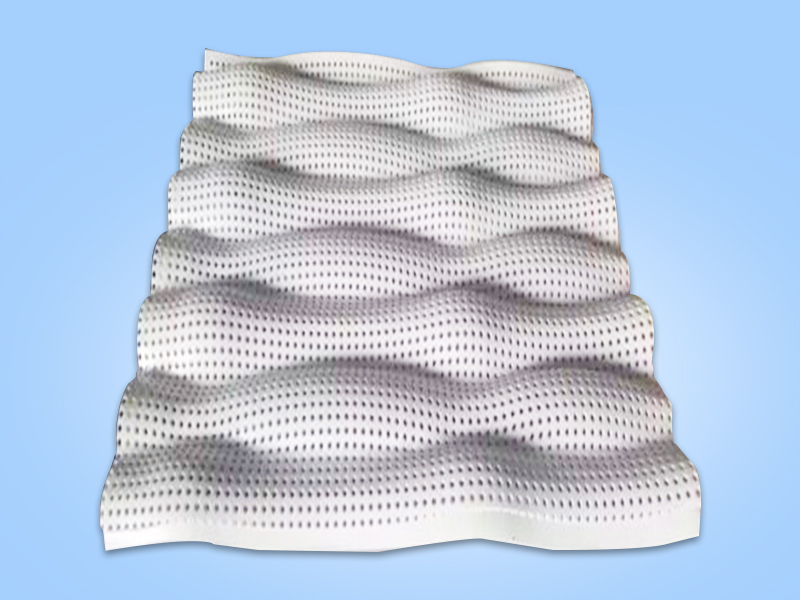
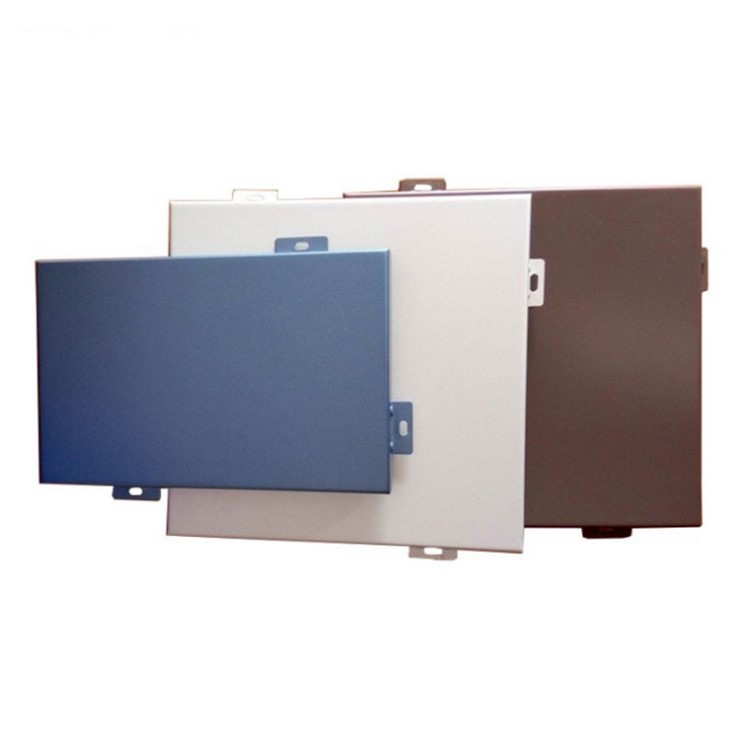
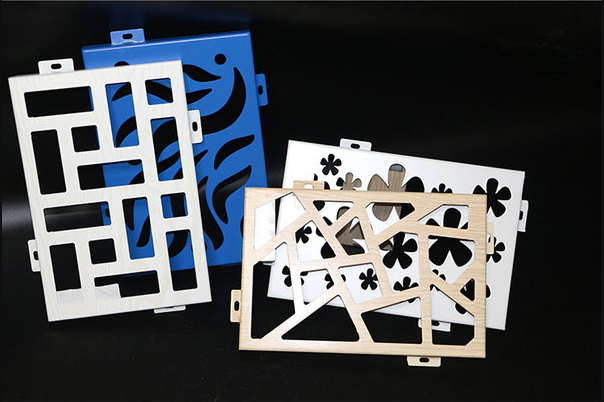
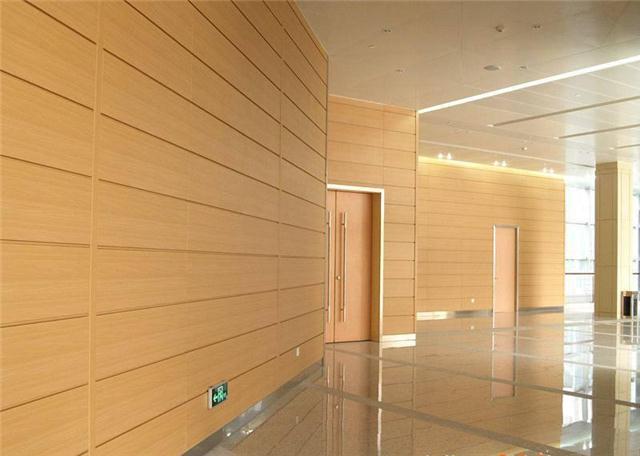
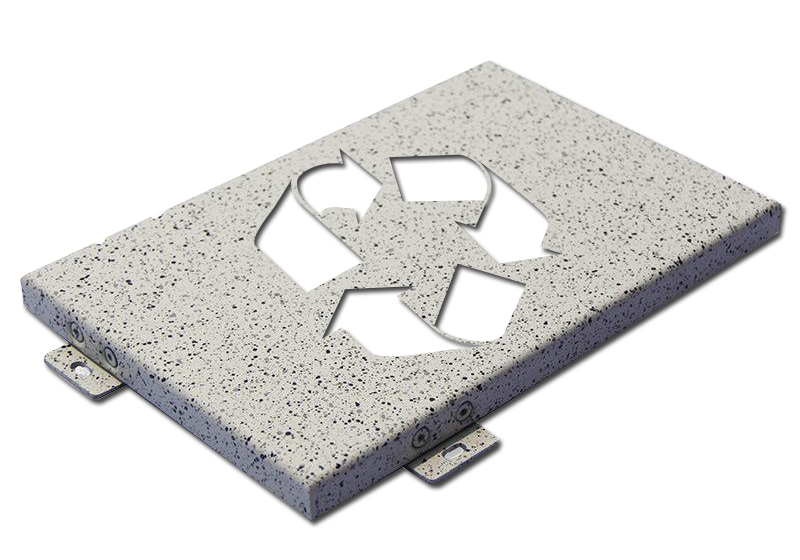
 Customer service QQ
Customer service QQ